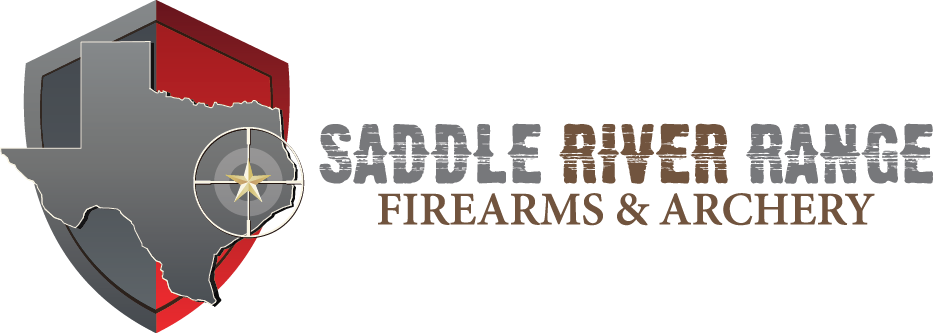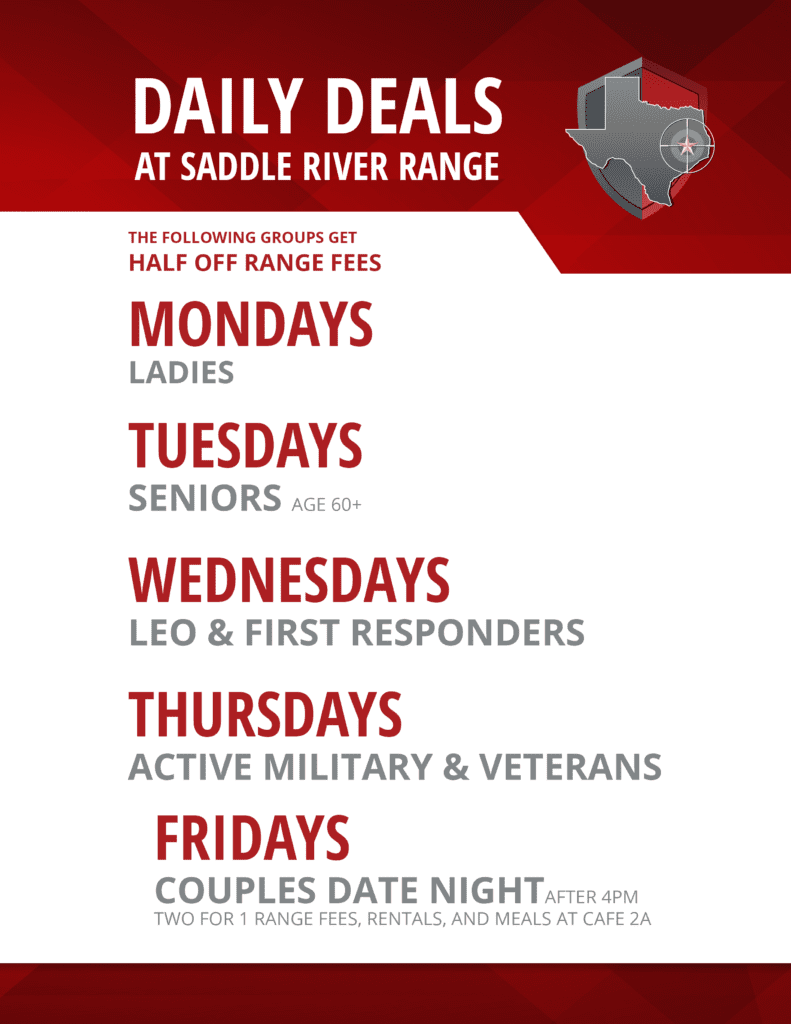A while back we wrote an article asking if you were safer carrying a firearm. If you ask a hundred average people on the street, sixty would say yes, and sixty would say no!
It’s a controversial question; but for the group in our camp that believes yes – we pose a follow up question… What is the best method of carry?
Two things need to be considered: 1) The location of the firearm and 2) Can you draw and fire in two seconds? That last question is a factor in that the average person can travel 21 feet in 2 seconds. Reaction time is critical, and fumbling with getting your firearm out of concealment could render your firearm defense a moot point.
So how should we carry a firearm for defensive protection? Texas is an open carry state, and we can holster our firearm on our hip around the three to four o’clock position (given that you are a righty; eight to nine o’clock for lefties).
However, if your lifestyle and work place preclude open carry, finding an optimum concealment solution is a bit more challenging.
The standard hip carry works if you have a casual dress code; but if you’re a woman with a shapely figure, you may not be able to effectively draw from hip carry. (That can apply to men with a larger than normal girth as well.) Appendix carry is an option, but we still must consider physical restraints in drawing the firearm and getting into a ready position in a timely manner. There is also middle of the back – however, you DO NOT want the firearm directly at your spine in the event you fell, or were pushed down. Consider the shoulder holster with the firearm under the arm – either under a jacket or under a dress shirt. There is also the thigh holsters for women and ankle holster for men. Regardless of your concealed carry selection, the physical maneuvering and timing of drawing the firearm can impact your reaction.
Each option is a solution for someone. Each person must determine the best solution for themselves, and it may not be the “established doctrine”. If the choice is non-doctrine carry or not carrying; choose to carry, find a solution that will work for you and understand your limitations.
Regardless, once you find your solution, find an instructor that can help you with draw and targeting – and practice. If you don’t practice the concept of a firearm for safety may be moot.
Be Aware, Be Safe


